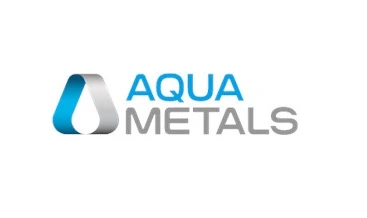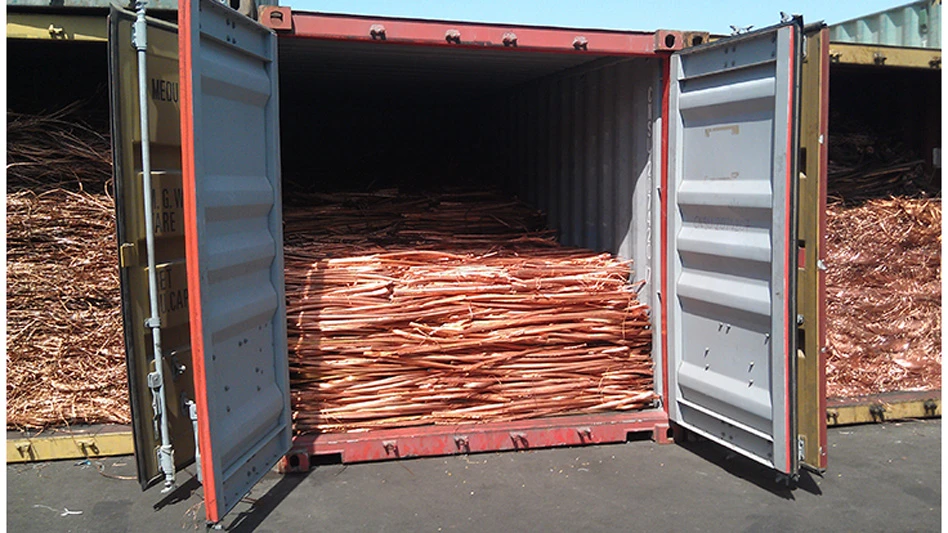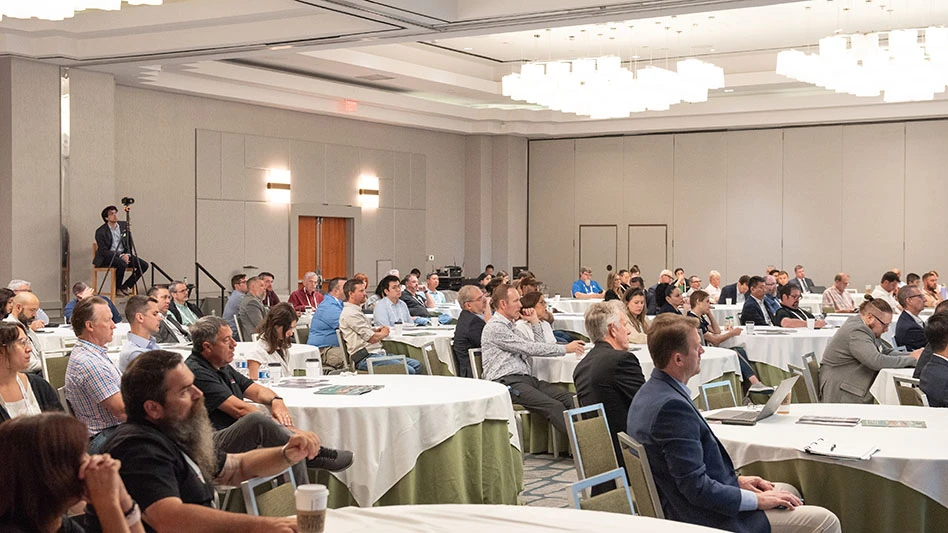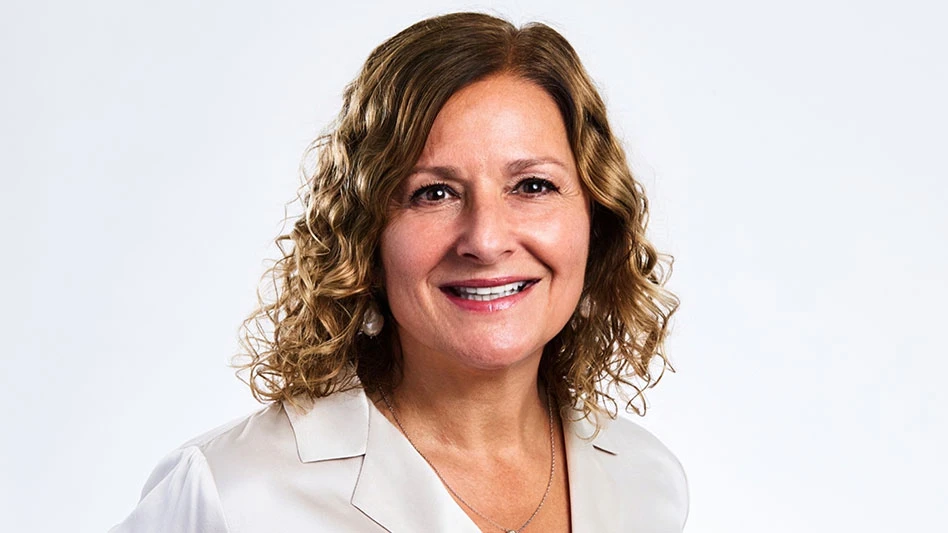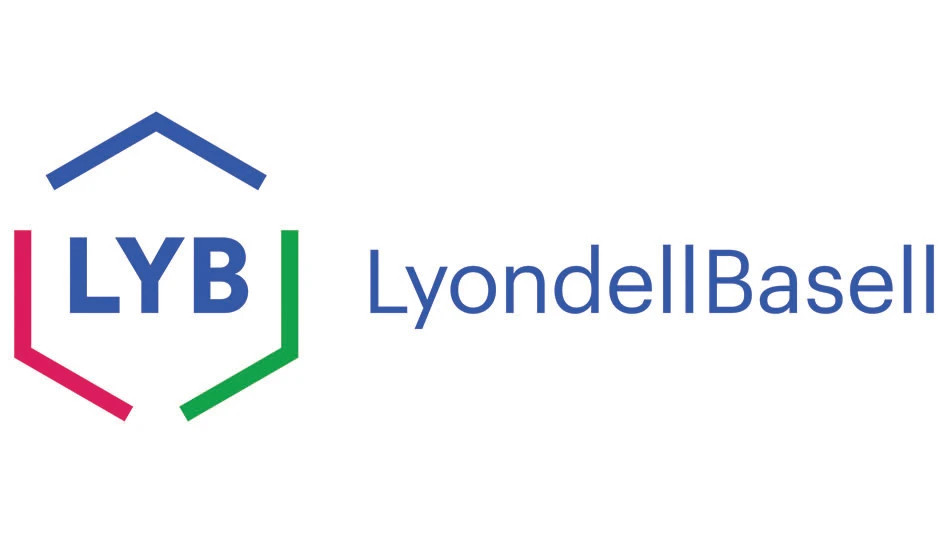
Artificial intelligence (AI) promises to improve the efficiency of material recovery facilities (MRFs), enable sorting at a more granular level and deliver a variety of performance data points.
To prevent drowning in data, panelists at the MRF Operations Forum session Emerging Technology and Approaches in October 2024 spoke of the need to focus on the information that is most pertinent to a MRF’s key priorities. They also addressed the evolution of the technology and the lessons they have learned through its deployment at MRFs.
The session, moderated by Rob Taylor, senior manager of recycling operations at Republic Services, headquartered in Phoenix, featured Rebecca Hu, CEO and founder of San Francisco-based Glacier; Gaspard Duthilleul, CEO of London-based Greyparrot; Apurba Pradhan, head of product at Fremont, California-based EverestLabs; Raghav Mecheri, CEO of New York-based Visia (formerly Binit Inc.); and Steve Hastings, an adviser to Fort Worth, Texas-based Rovox.
Glacier makes purpose-built AI-enabled automation to help recyclers and the entire value chain trace and recover material, EverestLabs is an AI and robotics company serving sorting and recycling enterprises and Rovox, the newest entrant to the space, is a technology automation and robotics company owned by Taiwan-based Foxconn. Visia builds AI-powered X-ray and camera equipment to analyze material coming into recycling facilities to identify nonconforming items, such as lithium-ion batteries, while Greyparrot provides data solutions powered by AI to the waste, recycling and packaging value chain.
Parsing data and building trust
Given the overwhelming array of data AI can supply, Hu said through its early deployments, Glacier realized the need to clearly understand what a facility is trying to achieve with the data collected.
“What information do you need? What’s nonnegotiable? Then, what are the decisions or the actions that you would take as a result of what you’re learning?” she asked.
Using this approach helps to put “guardrails on what would otherwise be essentially like an infinite ocean of information” on the materials flowing through a MRF, she added, including the different types of items, the burden depth and the volume.
Hu offered three or four types of recyclables being lost to the residue stream as an example of data to target.
“I’d really encourage everyone in the room to stay focused on what are the key priorities of what you’re trying to learn and what you’re trying to act on,” she continued.
Duthilleul agreed, saying, “At the end of the day, I think no one in this room wants to have a lot of data to play with.”
For that reason, he said, Greyparrot spent the last two years developing the tools to make the data its technology delivers actionable.
EverestLabs decided early on to focus on the modularity and precision of its technology offering.
“You take one robot and make it extremely successful at that task,” Pradhan said. “So, that means … from AI all the way to picking up an object and dropping it in the right place. Once you’ve focused on success, then you focus on modularity. Now these are small, human-form factor [robots], … something that fits in the size of the sorting position. Now you can have multiple of those robots doing the tasks that you need.”
He also raised the issue of trust, noting that because recyclers have done manual sorting and auditing for so long, providers of AI and robotics technology have to “build an infrastructure that provides trust.”
To that end, EverestLabs’ robotics operations center has a team monitoring all its deployed robots using data they are capturing to ensure they’re running above a certain threshold.“That allows us to guarantee performance,” Pradhan said. “That allows us to have a much better interaction with the operations team in the ... facilities.”
Visia, which aims to prevent dangerous materials from entering recycling facilities, learned two lessons early on.
“The first … [is that] intelligence has to be actionable,” Mecheri said. “Things on graphs are typically very difficult to parse, even though our high school and college education system has made us believe that graphs are the answer to everything today.”
The second lesson was the need to proactively audit deployed equipment.
“We show up on-site once a month with a duffel bag full of prohibitives and put them on one end of the system [and] validate that they actually got caught,” he continued. “You need to have that element of transparency with your customers. I need to be able to go to someone and say, ‘I missed this type of drill battery. It will be gone by tomorrow, but between today and tomorrow, please keep an eye out for this kind of drill battery.’
“I think getting ahead of problems in that proactive manner, at least in our experience, has led to building that trust, which I think is so important, especially as you look to scale technology.”
Regarding some early entrants in the robotics space, Hastings said it’s possible the industry did not recognize the complexity of MRFs.
“This is a tough business,” he continued. “The challenges to sorting the materials into sellable commodities are not to be taken lightly.”
Hastings mentioned the appeal of replacing labor with equipment such as robots that could be depreciated over time, saying it’s a “great formula, but it has to work, and originally it didn’t.”
“This is a tough business. The challenges to sorting materials into sellable commodities are not to be taken lightly.” – Steve Hastings, adviser, Rovox
Evolving technology
Earlier forays into deploying robotics and AI in MRFs have helped shape the panelists’ approaches.
According to Pradhan, EverestLabs won’t take on a project it doesn’t think will be successful.
“I like having the up-front alignment in terms of what operators are trying to accomplish with what you can deliver,” he said.
“We’re kind of in this situation where AI and robotics are sort of an afterthought. If we had some sort of systems-level thinking, where we designed the system to accommodate some of the AI technologies, we’d get twice, three times more performance than what we’re getting today.”
Mecheri learned he had to build technology that adapts to the operator instead of asking the operator to adapt to the technology.
“We have equipment that goes into a variety of settings,” he said. “The way we actually approach the problem technologically means that two customers might actually look very different. One might have cameras on their tip floor, the other one might have an X-ray on their scale. A third one might have an X-ray on their presort. But, effectively, all three are doing the same thing, which is … they’re understanding composition. They’re alerting on the bad stuff, and we’re helping them get rid of the bad stuff.”
An approach that has served his company well, Mecheri added, is building a process around what the customer believes makes the most sense rather than dictating a process Visia believes to be sensible.
“We built our products with MRF operators for MRF operators,” Duthilleul said, noting the company’s AI waste analytics platform, Greyparrot Analyzer, includes small and light hardware that is easily installed at different locations throughout a MRF.
“The second thing is, we don’t want to spend months building an AI model for each application,” he continued. “We want to spend this time during the deployment talking to the operators to calibrate the tools for their needs.”
Greyparrot uses its master model that was built from the 5.7 million waste items it’s processed to do 95 percent of that work.
“But we know each MRF stream is still different, and so we do this final calibration for the operators based on the use case, based on the value we need to provide,” Duthilleul said. “It’s this really consultative approach we’re taking, and then we can obviously guarantee the metrics and the results you get from it because we’ve been doing this work with you all along the deployment.”
Glacier also has seen success by taking a consultative approach and being honest about its technology’s limitations.
“If you come to us and tell us, ‘I need you to identify these 200 different types of materials, and I need you to do it with 99.9 percent accuracy and I need you to be able to translate all of that into a perfect weight estimate,’ … we’ll be pretty up front,” Hu said. “I think most folks up here would be, too, and say, ... ‘Why are you asking for these things? Maybe there’s another way to get that for you.’”
She added, “We’ll be very thoughtful about setting up success metrics guarantees based on what you’ve told us that you really care about, and with that in mind, we have undertaken dozens of successful deployments to date.”
Additionally, Glacier has focused on the ease of deploying its technology, providing modular solutions for its hardware and software.
“I talk a lot about what I call the Ikea-fication of hardware. … You can order something, we send you a flat-pack box, and then you can actually set it up yourselves,” Hu said. “We’re always there to help if we need to, but we have customers that have actually elected to do that themselves, and very successfully. You all have crews at your MRFs that are very talented mechanically and can do things like that.”
She added that AI is evolving rapidly, saying that where the technology was a year ago is “nowhere close” to where it is today.
“I’m betting we can cover again that same distance in the next couple months,” she continued. “We are really intent on building our tooling to take advantage of all of the innovations that are happening with AI on a regular basis, so that you’re getting all of the latest and greatest updates without even maybe realizing it on the front end when you’re interacting with our technology.”

Aligning the value chain
Hu said technological innovation is combining with macro tailwinds for the recycling industry, including extended producer responsibility and the desire for more recycled feedstock.
“There’s a lot of demand being generated for the very stuff that’s flowing through all our plants today in a way that really hasn’t existed before,” she said. “As we’re building Glacier, we’re really thinking about not just how we make MRFs run better, make more quantitative decisions or get access to the advantages of this new technology, but how do we position MRFs as a crucial step in this new kind of circular supply chain that’s being developed.”
Glacier is building AI to improve MRF operations as well as working with companies like Amazon and Coca-Cola.
“Our AI is really shedding light on what has previously been kind of a black box,” Hu said. “Someone like Amazon is putting so many packages, so much cardboard out there, and they don’t really have a great handle on where all of it ends up; but now we’re able to give them that real-time feedback in working with our MRF partners so they can make sure the changes they’re making are actually improving the overall end-of-life outcomes for all of that material.”
Pradhan said AI has the potential to be deployed widely at both old and new MRFs to optimize existing equipment and improve recovery, with effects that are far-reaching when combined with brands’ recycled-content goals.
Greyparrot has partnered with Norwalk, Connecticut-based systems integrator Van Dyk Recycling Solutions and Dutch recycling equipment manufacturer Bollegraaf to build the digital layer for waste infrastructure.
“We don’t want to build MRFs and other equipment, and we don’t have to because there’s already great players doing that today,” Duthilleul said. “We believe the MRF of the future will be smarter, more automated.
“If you want the economy to be circular, you need information to circulate as well, and you need people to align on what needs to be done. … We developed this concept we call waste intelligence, which is around using the data we generate from across the world ... to actually inform different stakeholders.”
While Duthilleul said it’s not necessarily data sharing, the information allows the parties to discuss whether any improvements are needed.
“I think the biggest opportunity isn’t one technology or one thing,” Pradhan said. “I think it’s really just for everybody in this room and everybody on this panel aligning this recycling value chain.”

Explore the April 2025 Issue
Check out more from this issue and find your next story to read.
More from our latest newsletter
- California EPS ban will be enforced
- Study finds recycling symbols largely recognizable
- DPI acquires Concept Plastics Co.
- Novolex, Pactiv Evergreen finalize merger
- S&P Global launches mixed plastic scrap pricing for US, Europe
- Sonoco completes sale of thermoformed, flexible packaging business to Toppan
- Empowering communities through education
- Handling the truth
- First phase of EPR scheme launching in Alberta
- Plastics Recycling Conference 2025: The push for more supply
